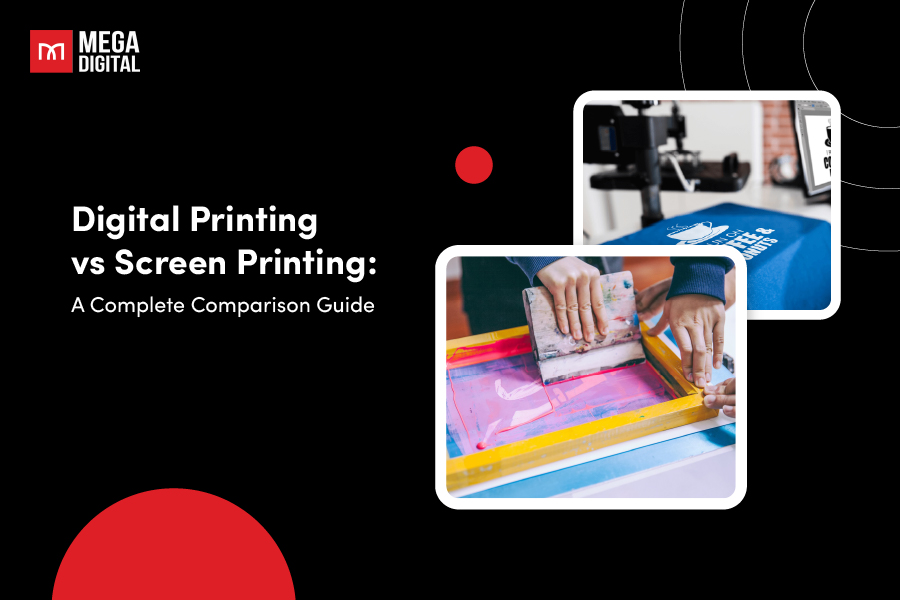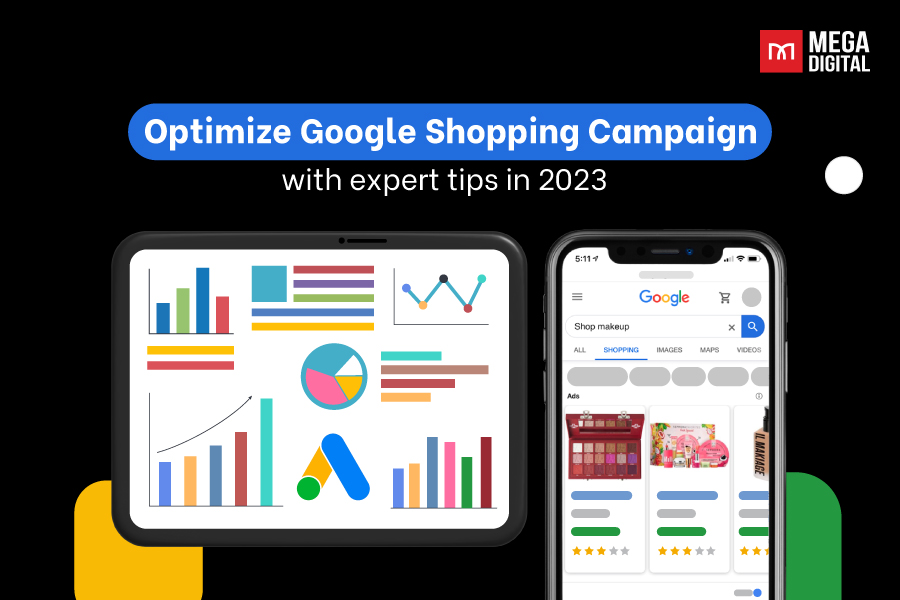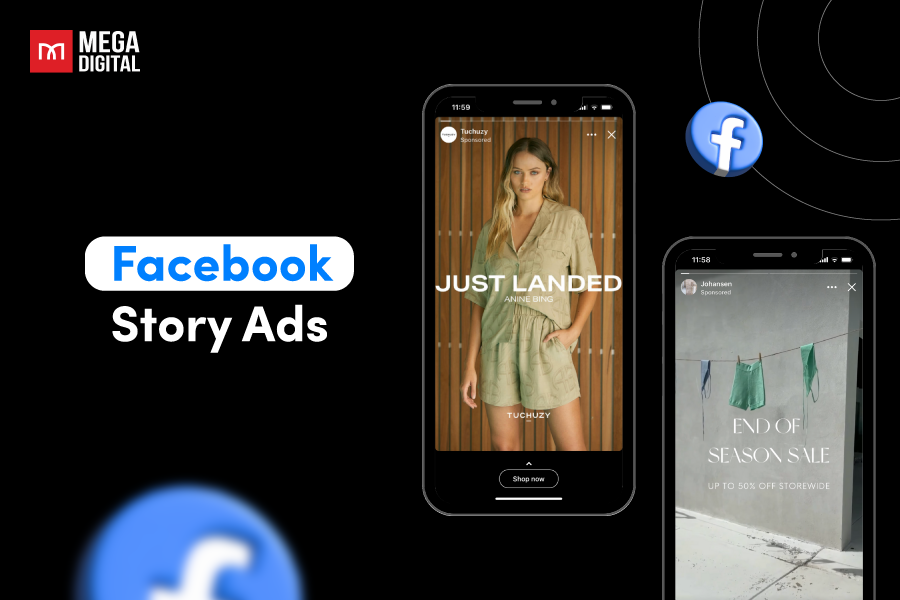The mobile app industry is booming, with global revenues predicted to hit $935.2 billion in 2023 from in-app advertising and paid downloads. However, this growth also means intensified competition. Learn about App campaign best practices to stand out and acquire users.
3 key creative rules for App campaigns
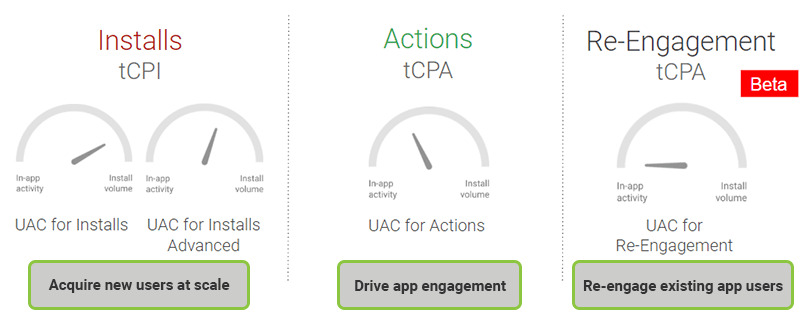
App campaigns enable advertisers to scale their reach, and optimize bidding, budgets, and performance. Amidst this automation revolution, creativity emerges as the last great differentiator between good and great app campaigns. Here are 3 key rules to maximize the impact of App campaigns on YouTube and other platforms.
Rule 1: Follow the Fundamentals
Many essential advertising principles on YouTube apply to app campaigns. One key element is to use audio to earn viewer attention. While app ads span both sound-off and sound-on environments, Mega Digital discovered that including different audio elements significantly impacted campaign performance.
For instance, when Tinder ran a specific app creative with a voiceover, it achieved a 12% better install performance than the same ad without one. Additionally, featuring the app product prominently and early in the ad boosted installs by 10%. And that’s one of the mobile app install ads best practices.
Read More: Create Google App Install Campaigns with a Step-by-step Guide
Rule 2: Build a Diverse Portfolio
App campaigns are shown on YouTube, Google Search, Google Play, and the Display Network. Each platform has unique user experiences, so one creative asset may not perform well everywhere.

Take Booking.com as an example, Mega Digital found different creatives worked best on YouTube and the Display Network. Having diverse creative assets that suit each platform is crucial. Combining automation with inventive and data-driven creativity is essential for success. Using first-party data, refined messaging, and outstanding creative can boost installs and user engagement. Marketers should prioritize featuring the app, data-driven decisions, and automation for optimized results in today’s competitive digital landscape.
Rule 3: Push Beyond Comfort Zones
Stepping out of the comfort zone and making significant changes in creative direction can yield tangible advantages. Embracing relatively low production values or adopting a more casual tone may not sit well with many brands, but the upside is worth it.
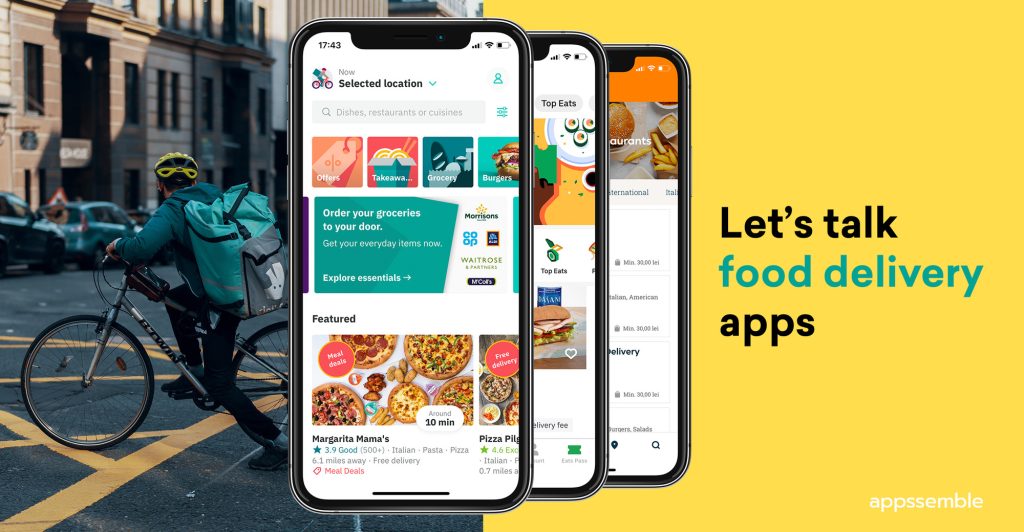
Mega Digital found that creatives that felt less polished and formal delivered better results in conversions. For instance, when a Deliveroo ad with high production values was tested against a more stripped-down and relatable version, the latter performed 10% better in terms of conversions.
8 App campaign best practices
App campaigns are an effective way to promote your mobile app and drive installs and actions. To make the most of your App campaigns, consider implementing the following best practices.
#1. Track performance with Firebase or MMP’s
To run Google App Campaigns successfully, implementing tracking is essential, as it is a requirement to launch these campaigns on Google Ads.
- Android campaigns optimized for installs may automatically track and send back install data from Google Play.
- For iOS, tracking must be conducted through either Firebase or an MMP (mobile measurement partner). This ensures accurate measurement and analysis of campaign performance.
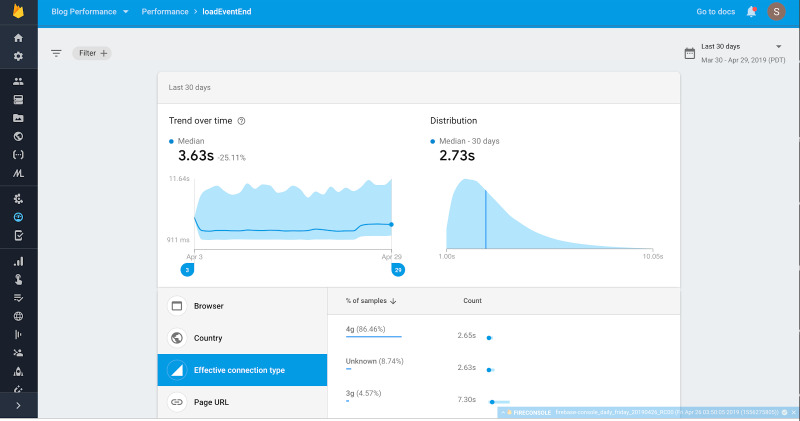
#2. Keep ad copy short
When creating ad copy for your Twitter ads, it’s essential to keep it short and to the point. While Twitter has expanded its character limit from 140 to 280, simplicity and brevity are still crucial for capturing users’ attention effectively.
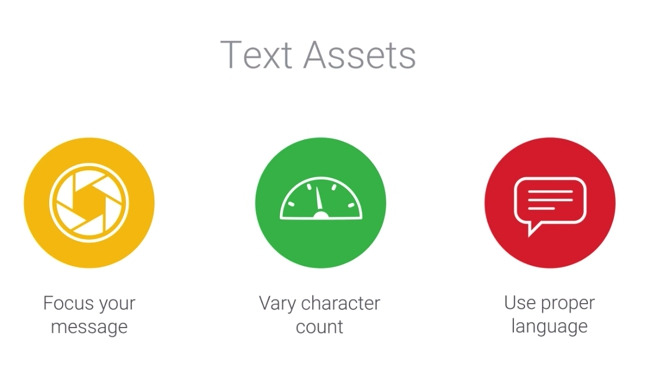
Avoid using excessive capitalization and unnecessary exclamation points, as they can come across as spammy or aggressive. Instead, one of the App campaign best practices is to focus on conveying your messages concisely and clearly.
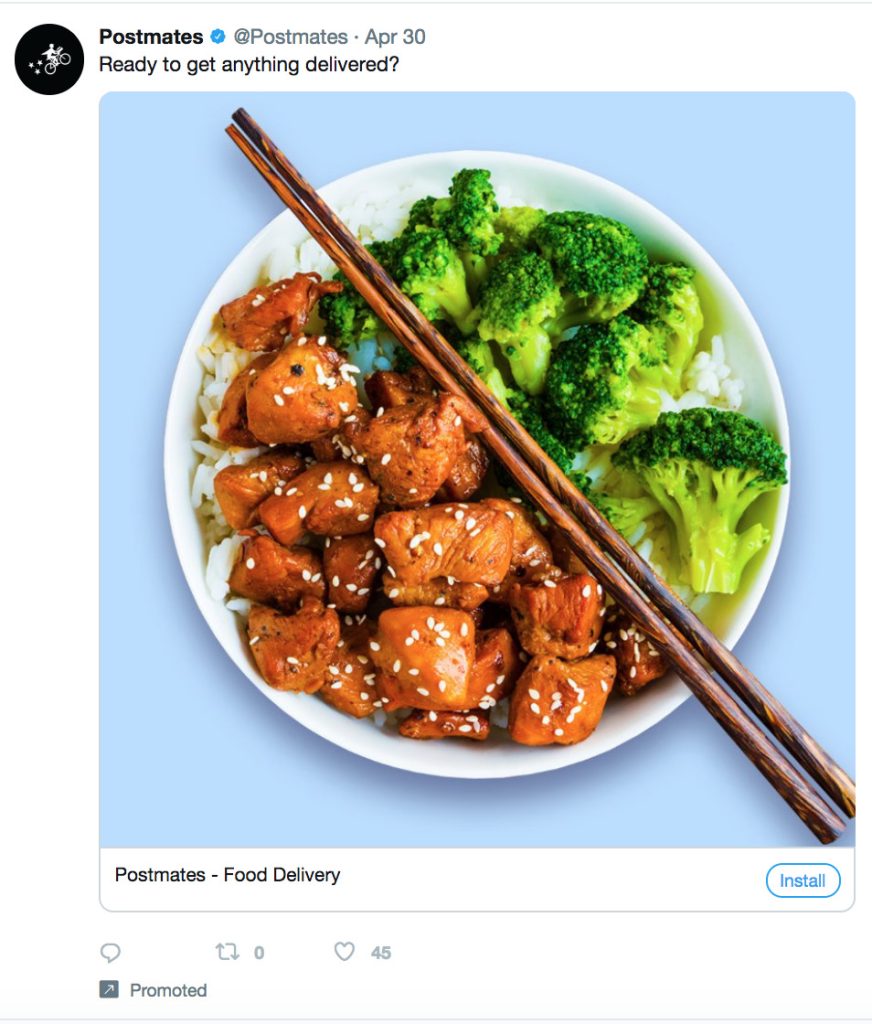
A great example of effective ad copy comes from @Postmates. They keep their copy short and sweet while immediately identifying the benefit of installing their app. By highlighting the app’s value in a few words, they entice users to take action and install the app.
>>> Read more: Google Ads Character Limit: Text Ads Guide for Beginners
When crafting your ad copy, aim to communicate the key value proposition of your app in as few words as possible. Use compelling language that resonates with your target audience and prompts them to engage with your ad. Remember, in the fast-paced world of Twitter, concise and impactful messaging is the key to success.
#3. Set the right bids and budgets
When running different App campaigns, adjust your target cost-per-install (CPI) and budget based on your specific goals. For instance, if you want to reach new users with an app update, increase the target CPI and budget for the “Install Volume” campaign. Simultaneously, reduce the budget for the “In-App Actions” campaign. This signals Google Ads about your changing priorities.
When to use ‘Install Volume’
To attract as many new app users as possible, choose “Install Volume.” Google suggests setting a campaign budget at least 50 times higher than your target CPI. For example, if your target CPI is $5, your campaign budget should be at least $250. Your bid amount should represent the average you want to spend for each app installation.
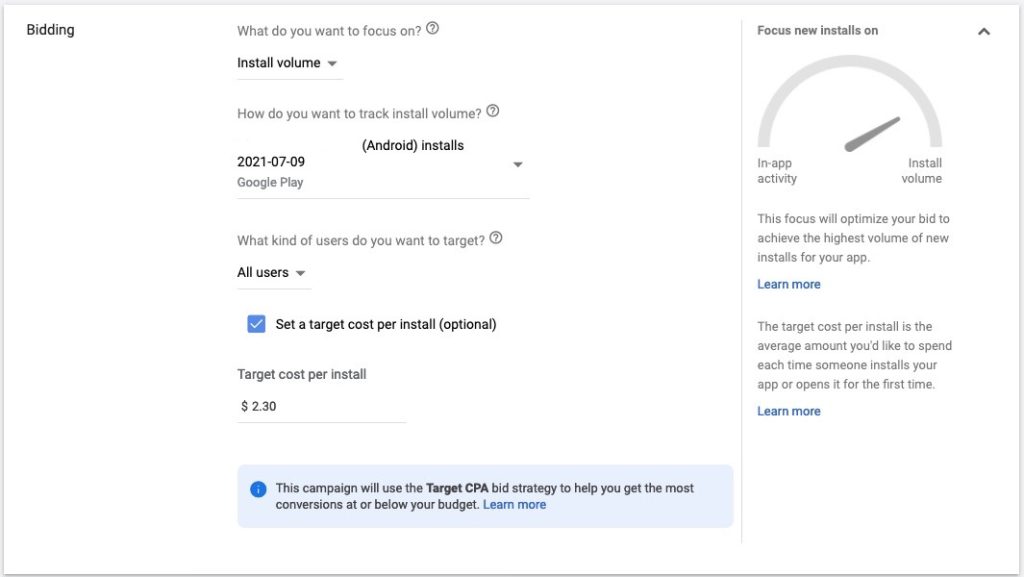
When to use ‘In-App Actions’
When aiming to find users more likely to complete in-app actions like purchases or leveling up, select “In-App Actions” as your goal. Set up conversion tracking to optimize for these actions. Google suggests a campaign budget at least 10 times your target Cost Per Action (CPA). For instance, with a $10 CPA, set a budget of $100 minimum.
Ensure at least 10 different users complete the in-app action daily for this goal type. If not, choose another qualifying action. Your target CPA represents the average amount spent per in-app action. Allow time to gather at least 100 conversions before making changes for optimal performance.
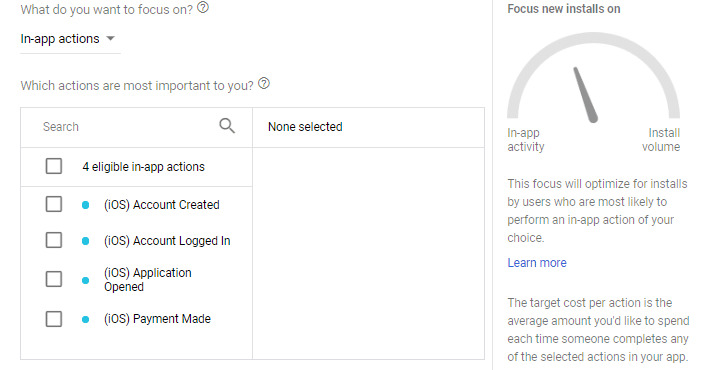
You can run multiple campaigns for specific goals. Google advises setting up new campaigns to optimize bidding strategies and ads for each goal. Remember, machine learning needs data to improve performance, so allow the campaign enough time to gain at least 100 conversions before making changes.
#4. Connect your Google Ads account to your Google Play console
To make your campaign smoother and reach the right audience effectively, link your Google Ads account with your Google Play console.

Linking both accounts offers several benefits:
- Show ads to app users: No need to set up a remarketing tag. Linked accounts provide an automatically generated remarketing list in your Google Ads account’s Shared library.
- Conversion tracking: Enable conversion tracking for apps with in-app billing. It automatically tracks users who click your ads and make purchases in your Android app. This data helps you make informed decisions for your future campaign strategies.
However, if you’re still worried about issues connecting your Google Ads account to your Google Play console, using a Google Ads agency account from Mega Digital can save you time. These pre-verified accounts are ready to run app ads and come with expert support for policy reviews, so you can focus on scaling your installs!
#5. Adjust your ads to suit different local areas
Localization of your app and ads is crucial for tapping into untapped growth potential in various countries. Targeting languages like Spanish, Portuguese, etc., increases user engagement and widens your audience reach. Tailoring ads to users’ native languages enhances interactions, leading to better results. Regardless of the app’s nature, localization can significantly benefit its success in diverse markets.

#6. Optimize your App campaign assets
Your assets are crucial for user engagement, so use a variety of options to see what works best. Diverse videos with different lengths and orientations, along with clear calls to action, are effective. Apply these App campaign best practices to boost engagement and conversions.
- For images, select impactful and high-quality assets in popular sizes to capture user attention.
- Keep your text clear, concise, and error-free. At the minimum, you need 2 headlines and 1 description. However, to improve campaign response, consider providing up to 5 headlines, 5 descriptions, and 4-10 creative assets per ad set. Avoid frequent creative changes to allow AI to optimize. Group creative by themes in separate ad groups for insights on what works best with different users.
- Ensure assets make sense individually and together, as Google can display them in various combinations. Google allows up to 20 images and 20 videos, but a more manageable approach is recommended. Aim for 2 landscape images without text or logos to ensure wide placement across channels.
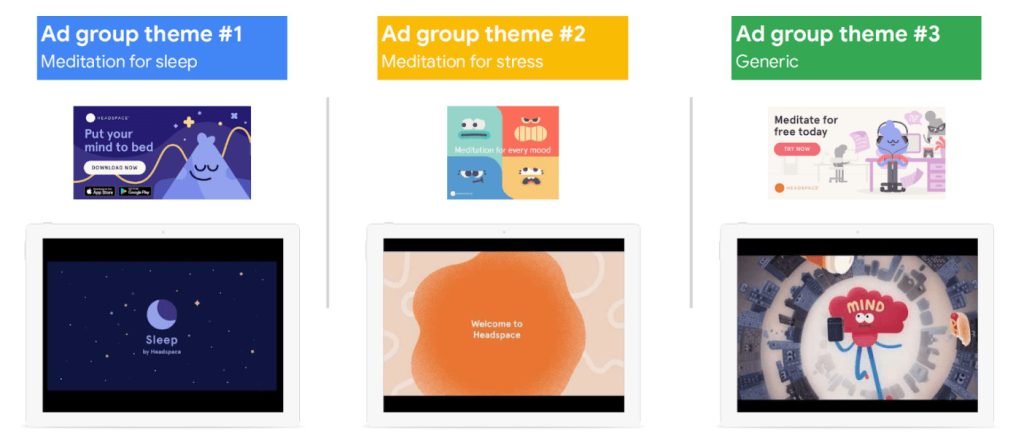
#7. Measure and evaluate campaign performance
Consistently monitor and evaluate your campaign to track progress toward your goals and identify areas for improvement.
Having sufficient data, ideally, at least 100 conversions, helps you assess your cost per conversion and make informed decisions. You can increase your target bid and budget for more conversions or decrease your bid for better ROI.
Consider conversion delays and set a time range equal to the typical delay before making spending decisions. This ensures accurate evaluation and helps you make the right choices for your App campaign’s optimal conversion rate.
#8. Embrace changes: App campaigns drive better results
Although some may be hesitant about losing some control, App Campaigns have proven to outperform previous mobile app install campaigns. With a more hands-off approach, you still retain control over goals, bids, budgets, and creatives.
Final words
After running thousands of campaigns, these are Google App campaign best practices. Google’s optimization works better than doing things manually. Mega Digital’s clients have gained success in these campaigns thanks to easy set-up, manageable structure, and testing opportunities. Start with our recommendations, keep analyzing, and make improvements for ongoing success.






